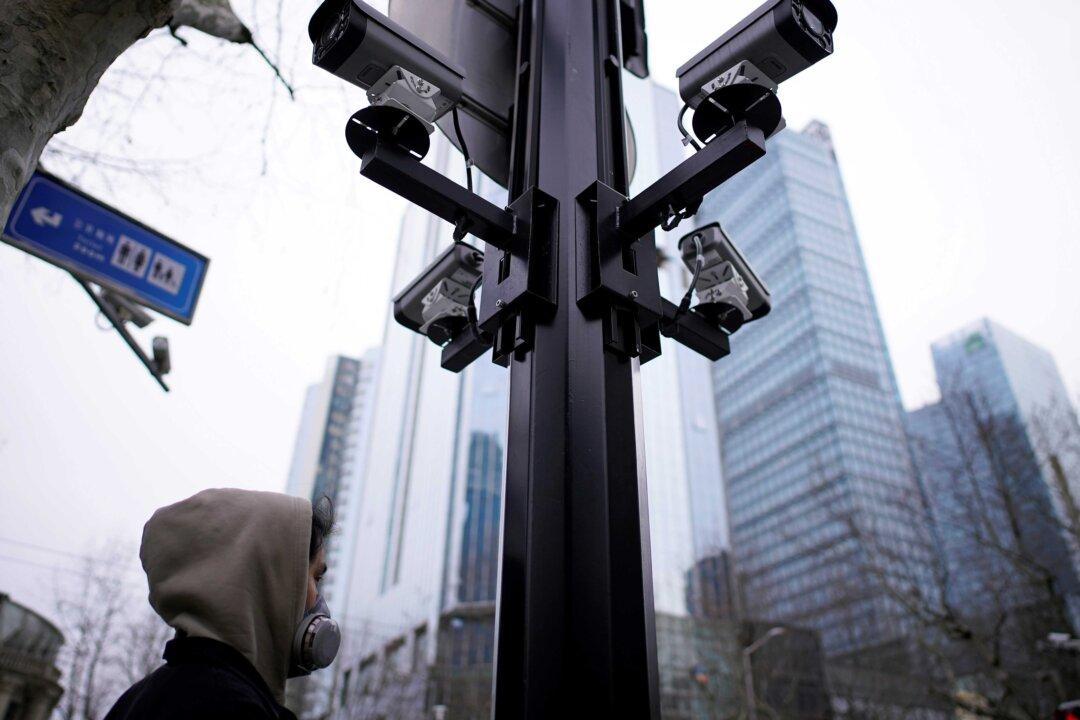During the month of May, more than a million people were being closely monitored by Chinese authorities for their risk of contracting the CCP virus, an internal Chinese government document obtained by The Epoch Times shows.
The public security (police) bureau of Wuhai city, Inner Mongolia, issued a notice about “fully advancing the construction of police big data apps,” which highlighted that the Chinese regime maintained a national COVID-19 database for “high-risk populations.”





